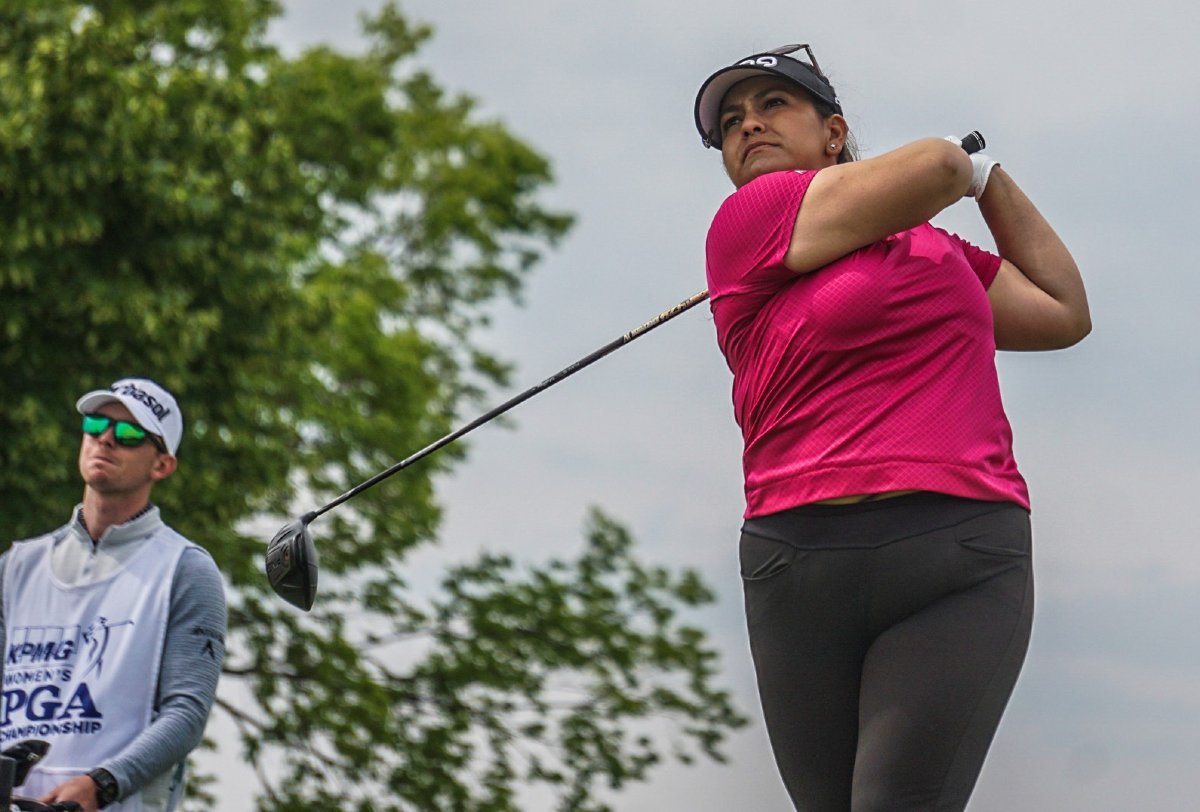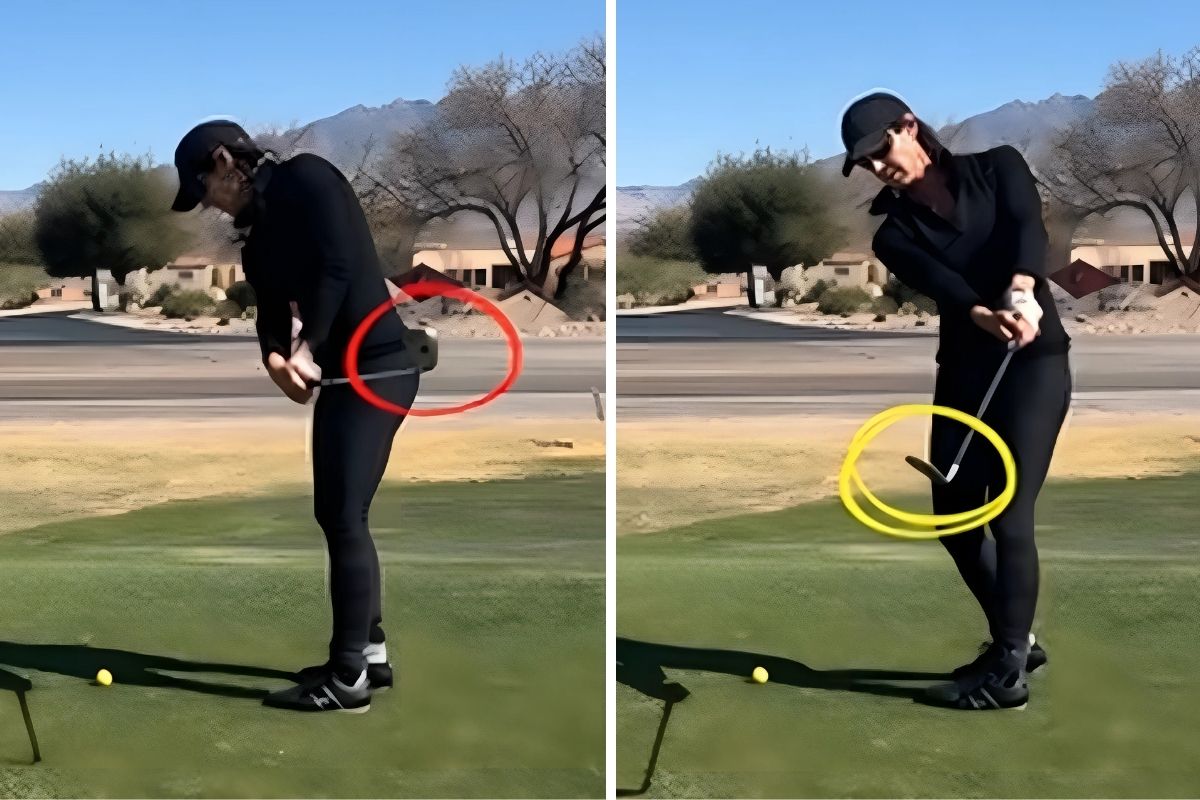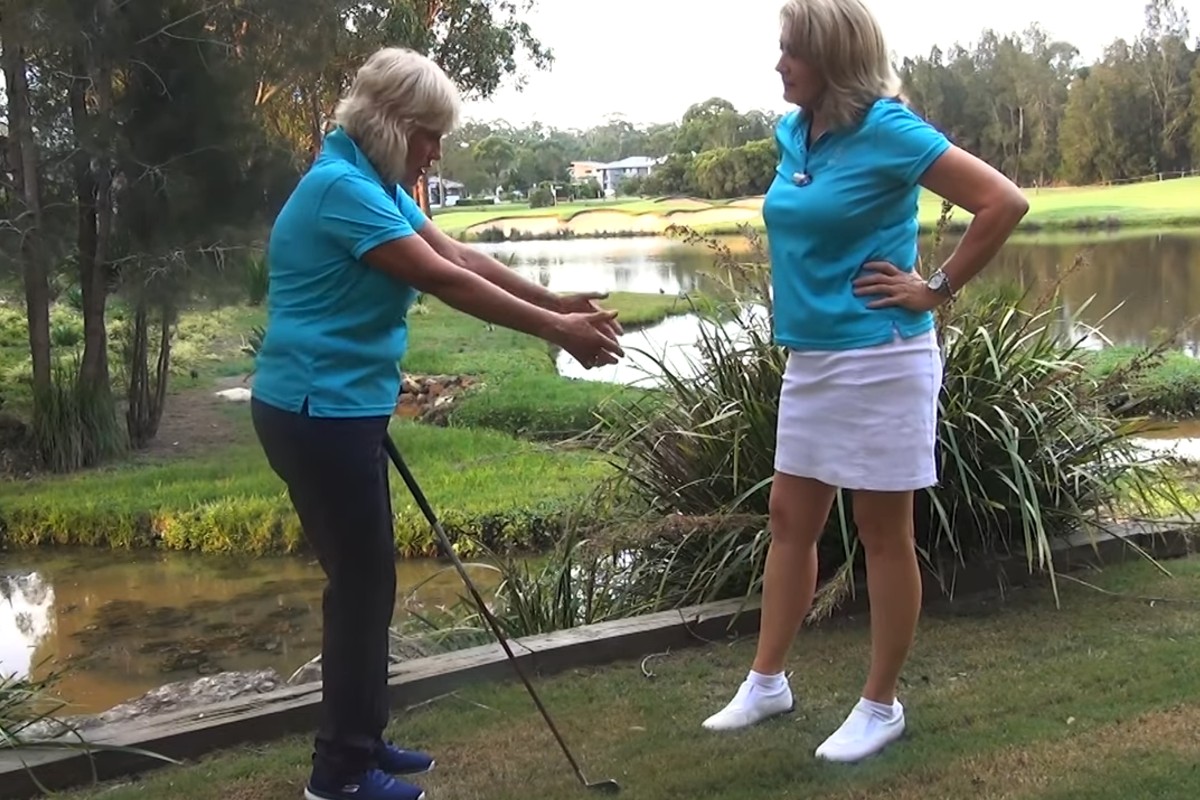I have loved fashion ever since I was young. I drew sketches all through middle and high school. Those sketches turned into full-fledged homemade catalogs which I still have in my closet. I’m pretty sure I had every fashion toy in the world, too. My Barbie Dream House had a whole floor dedicated as her closet. Who needed the kitchen, anyway? Unsurprisingly, I eventually obtained a degree in fashion merchandising when I got older.
I have spent years, as many of you, shopping malls and boutiques. When e-commerce arrived, I was on the bandwagon quickly. The first item I ever bought online was about 20 years ago: sunglasses. Now, shopping online is about the only way I purchase anything, clothing included. So, needless to say, I am a constant visitor of golf clothing websites. The thrill of the new collection ignites my apparel buyer instinct.
As a former golf apparel buyer, I have seen my fair share of trends and forecasts. I have attended golf merchandise shows. The reps have been in my office time and time again with catalogs and a promise of the next year’s collection being “the best one yet.” One of my favorite things about the golf industry is the excitement of the new clothing from my favorite brands and seeing the new brands trying to break onto the scene. As a golf apparel consumer, I like what I am seeing as far as a more athletic feel of golf clothing. Traditional looks are fine, but I’ll take the legging and jogger, thank you! I’ll pass on the knee-high socks. My 20 something year old legs would have loved them, though.
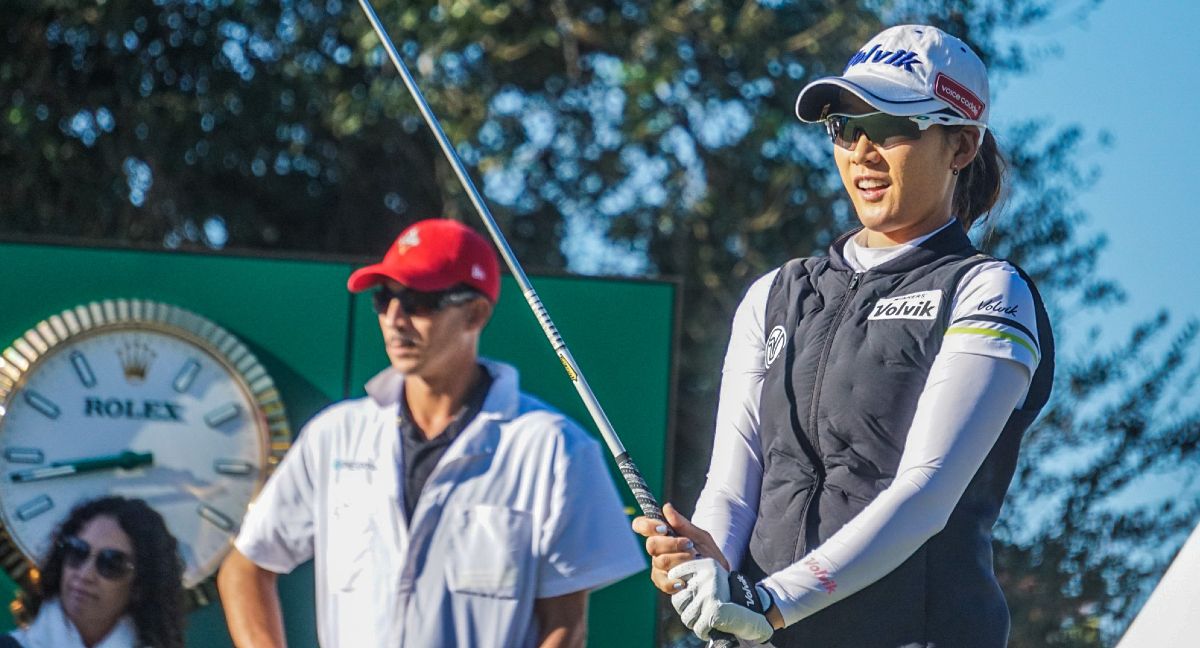
When my local pro shop receives the new catalogs for an upcoming season, I take them, go sit in the corner next to the golf bags and look at them page by page, collection after collection, word by word. It is like being a buyer all over again. I imagine what I would buy for my shop if I were still there. I think about my consumer and what she would want. I ponder, given a certain budget, what sizes to bring in, what Ms. X, my regular customer would purchase and how much profit margin I could possibly obtain. I want the clothes I buy for my shop to reflect what my consumer seeks. I intend them to be a reflection of her personality and her unique style.
Unfortunately, golf brands can make this a tough thing to accomplish.
You see, many times in those buyer catalogs and on golf clothing websites you may not see your consumer or yourself. You rarely, if ever, see Ms. X, your consumer who loyally patrons your facility and has for decades. What you will see in buyer catalogs and on golf web sites are a lot of very young, very white, and very skinny women.
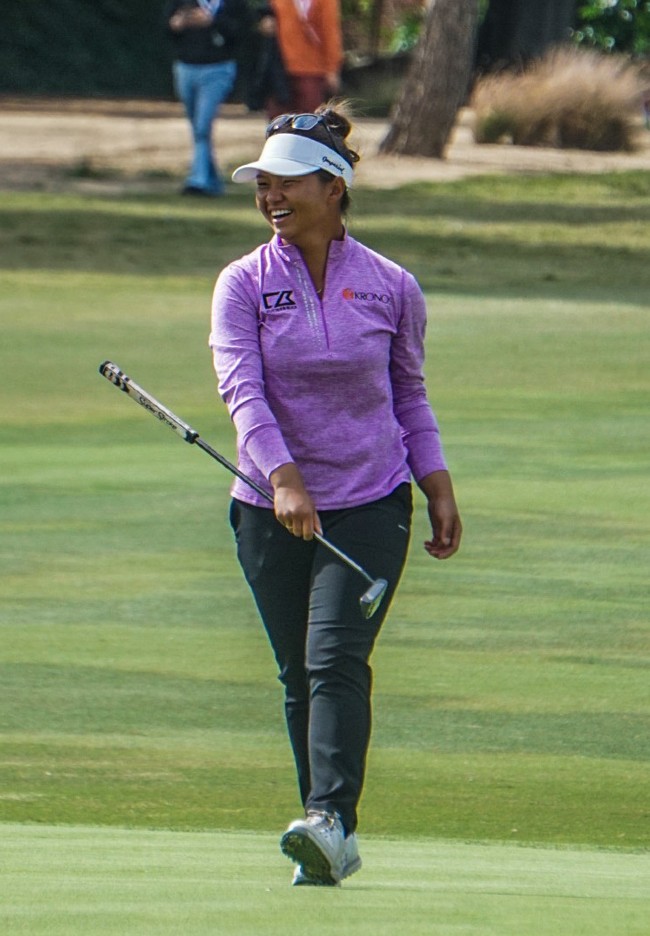
I recently read a study that tackled the issue of diversity in advertising that started me thinking about women’s golf advertising. The 2018 study entitled, “Diversity online advertising: A case study of 69 brands on social media” examined brands for the diversity of models shown in their online ads. I wondered if results would be reflective of what we see as consumers on golf brand websites or social media.
The researchers analyzed official Facebook and Instagram accounts of popular brands for race, gender, and age of the models used in their online ads. Most brands in the study showed generally equal representation of male and female models. However, the vast majority of faces on both platforms were white, and there were very few mature faces to be found. The researchers also found that brand ads on Facebook over-represent white models, Facebook and Instagram both over-represent young models, and middle age models are slightly under-represented on each platform.
Consumers (and marketers) know young, white, skinny female models have dominated the runways and ads for what seems like forever. And while some brands have embraced diversity with their models, several still have not. For example, another study recently showed when examining the size of models in the now defunct Victoria’s Secret fashion show, their sizes actually got smaller over the 23 years the fashion show was produced. Model’s dress size decreased from 5.3 to 3.7. (Those numbers are not typos, by the way.) Considering the average size in the United States for women is 16, that’s quite astonishing.
Thankfully, we have seen an evolution of demographics in women’s golf. With the global reach of the LPGA and other organizations, we are seeing more diversity in women’s professional golf than ever before. We are also witnessing the new, more culturally rich golfer segment as more women join the game.
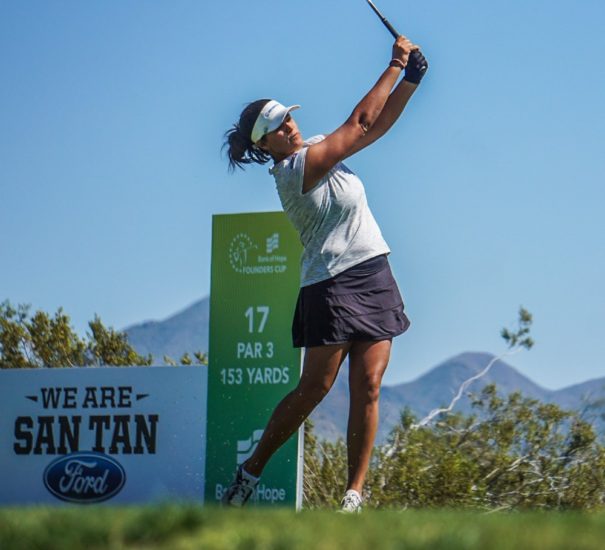
The problem is little to none of that diversity is present in golf buyer catalogs, golf clothing web sites, or even golf social media. From my own research of golf clothing websites, I found a rare instance of a model who was not a size 3.7 and also included a model the age of my Ms. X. Both of those models, by the way, were on the same website. (This brand is female-owned.) After reviewing a Spring 2020 catalog of a major golf brand, I can report it included a woman of color. Finally.
One may argue, “golf is still primarily white so no wonder that’s what you will see in ads.” But, “the golf industry should look like America. Diversity is fundamental to the future success of the golf industry,” said Steve Mona, CEO of the World Golf Foundation in a recent Ebony magazine article.
From the golf buyer side, it is imperative brands include a diverse population in their imaging. As of now, those catalogs are not showing the more progressive and newer segments of the female golf population. They are also omitting consumers who have been playing for longer than some of those models have been alive. From the consumer side, golf apparel websites and social media should be more inclusive in regard to models. Why would I engage with your brand if I’m not a part of your brand story?
If I am a consumer who is a woman of color, a woman who isn’t a size 3.7, or a woman who is over the age of 30, I do not see myself very often in women’s golf advertising. If I am a golf buyer, I don’t see her much either. She sees us, though, and what she sees is not herself.
References
An, J. and Weber, I. (2018). Diversity in online advertising: A case study of 69 brands on social media. SocInfo, 38-53.
Cottman, M. (Nov. 15, 2016). Golf’s lack of color: Finding more brown for the green. Ebony Magazine. Accessed January 5, 2020 at www.ebony.com/news/golf-diversity/.
Mayra, M., Laughter, M. Anderson, J., Secemsky, E. Vashi, N. (November 2, 2019). Unattainable standards of beauty: Temporal trends of Victoria’s Secret models from 1995-2018. Aesthetic Surgery Journal, sjz271.
Feature Photo: Lizette Salas at the 2019 KPMG Women’s PGA Championship. All photos by LPGA accredited photographer Ben Harpring.

